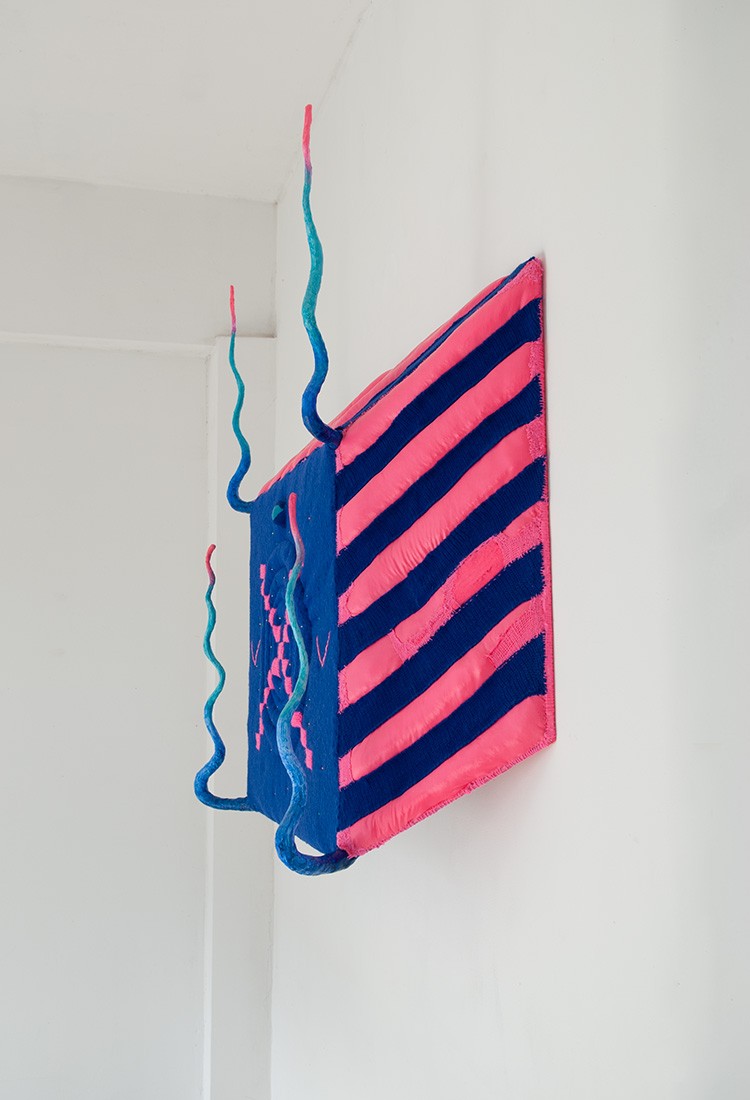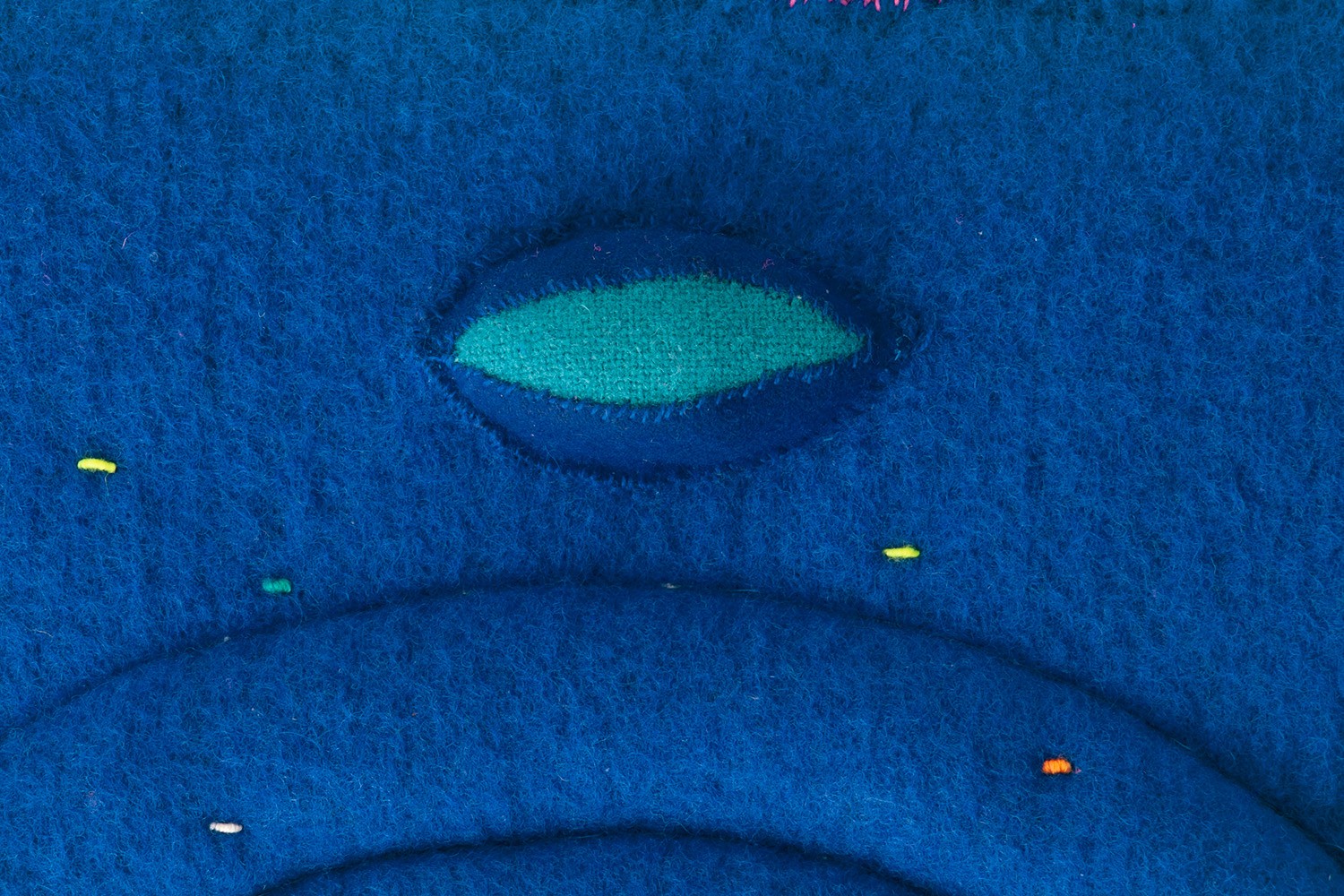AFLEIDING ALS AANLEIDING (DISTRACTION AS A CAUSE)
Het zwarte gat in Celestial body with a tail van Maartje Folkeringa was niet gepland, maar vormt een portaal naar een ongrijpbare, oneindige wereld.
Door Sarah van Binsbergen, De Volkskrant, Woensdag 15 januari 2025, Kunstwerk v/d week.
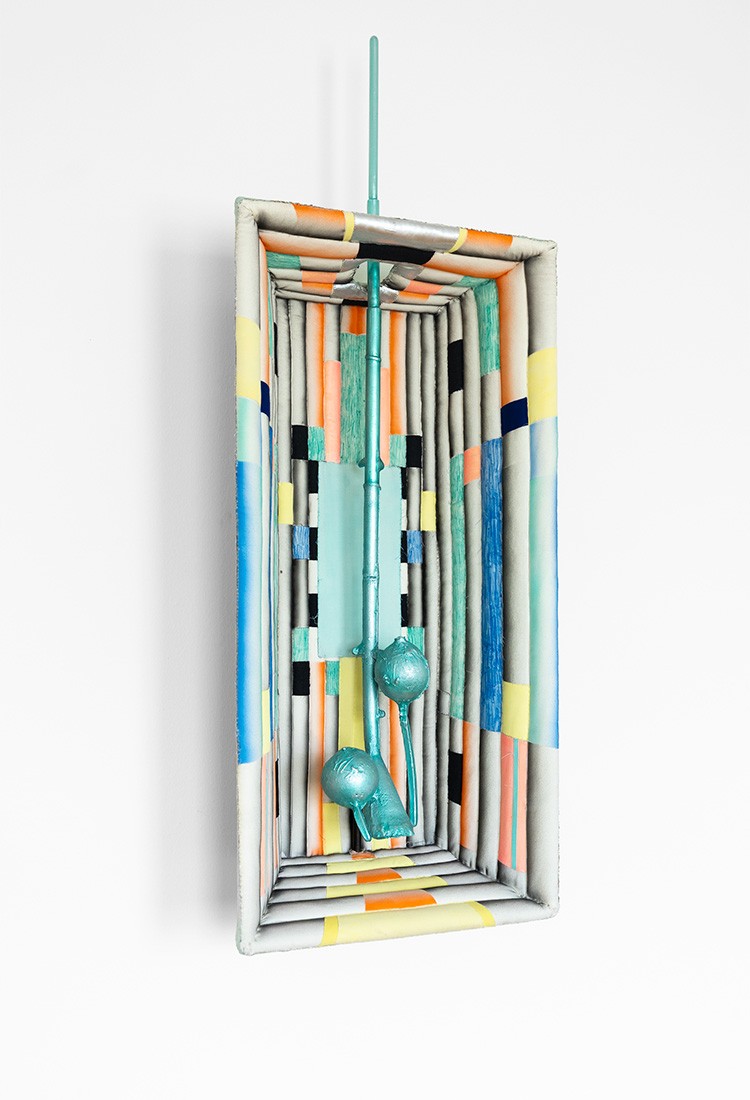
De zoeker (the seeker) | 2024 | H 155 x W 59 x D 29 | acrylic and textile ink and crayon on textile, acrylic paint on casted aluminium, pigmented paperpulp, metal frame | Photo: Natascha Libbert | Collection Marie Curie building, Oss
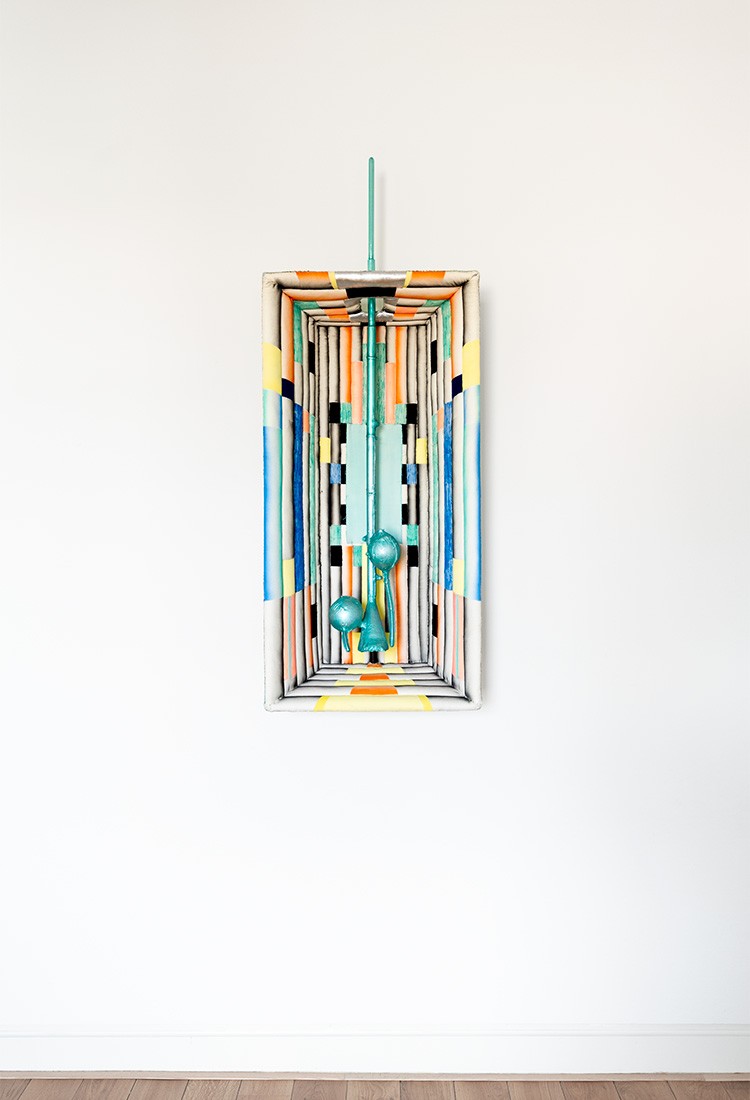
De zoeker (the seeker) @ Museum Jan Cunen, Oss | Photo: Natascha Libbert | Collection Marie Curie building, Oss
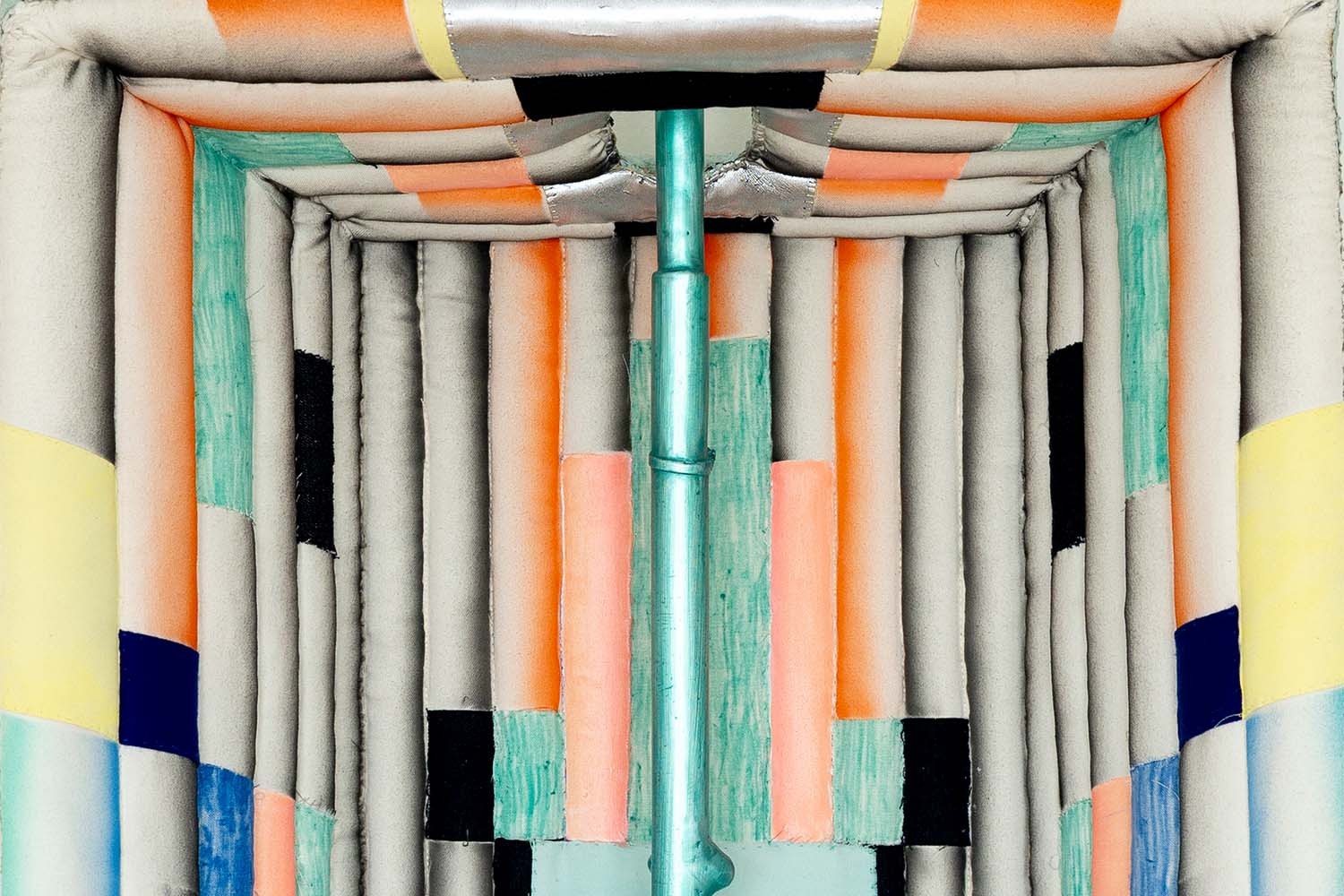
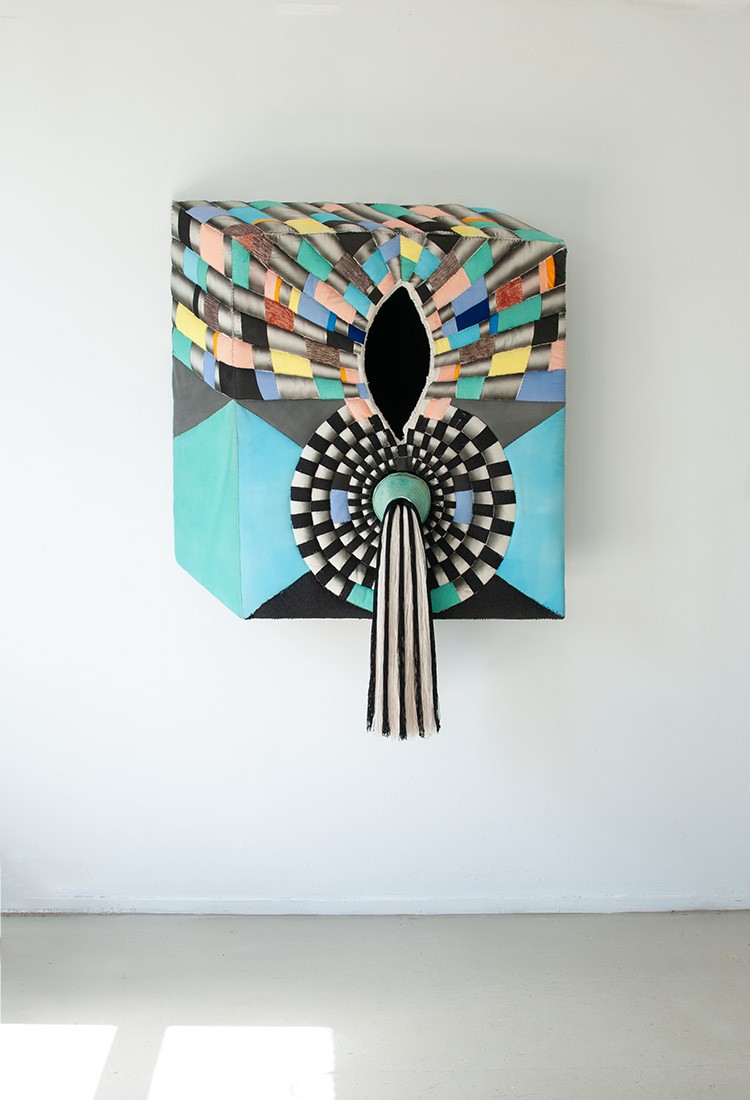
Celestial body with a tail | 2024 | H 150 x W 110 x D 35 cm | acrylic and textile ink, crayon on textile, glazed ceramic, wool, paperpulp and metal
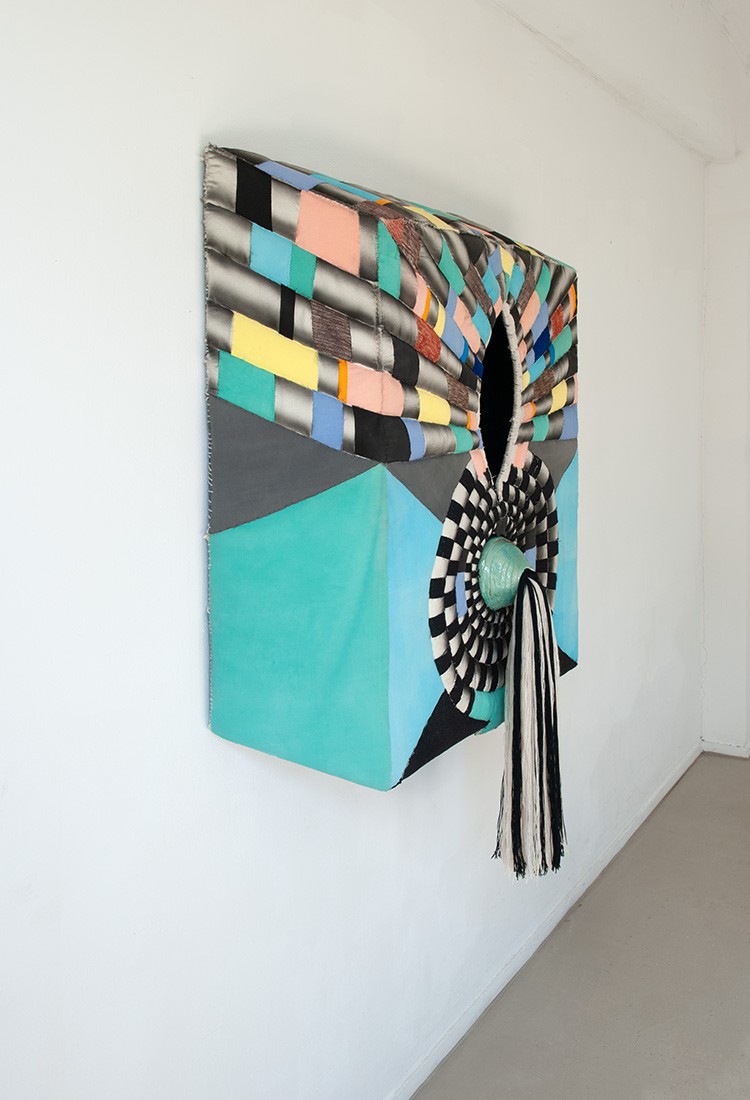
Celestial body with a tail | 2024 | H 150 x W 110 x D 35 cm | acrylic and textile ink, crayon on textile, glazed ceramic, wool, paperpulp and metal
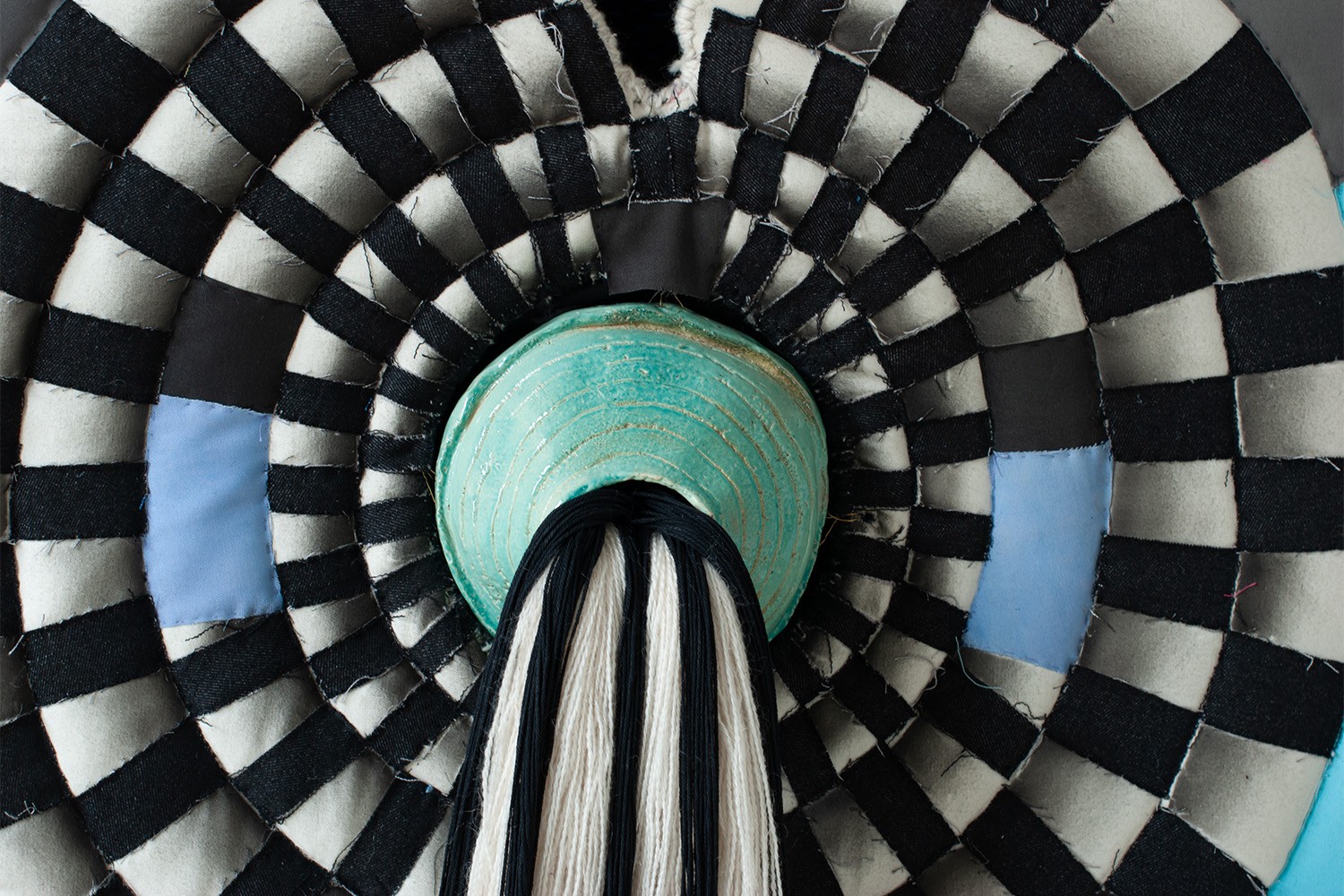
Celestial body with a tail | 2024 | H 150 x W 110 x D 35 cm | acrylic and textile ink, crayon on textile, glazed ceramic, wool, paperpulp and metal
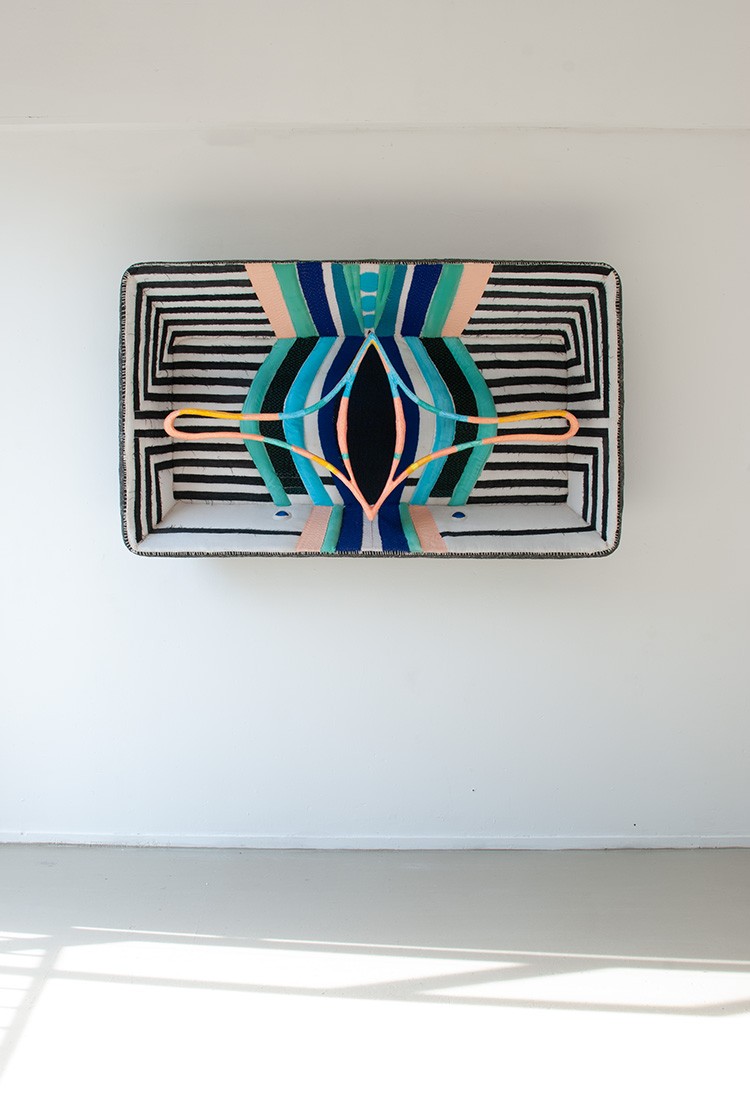
Take time | 2023 | H 104 x W 175 x D 27 cm | Embroidered quilting, crochet, embroidery, handsewing, textilepaint on textile, acrylic paint on papermaché on metal, and papermaché and fine clay plaster on metal
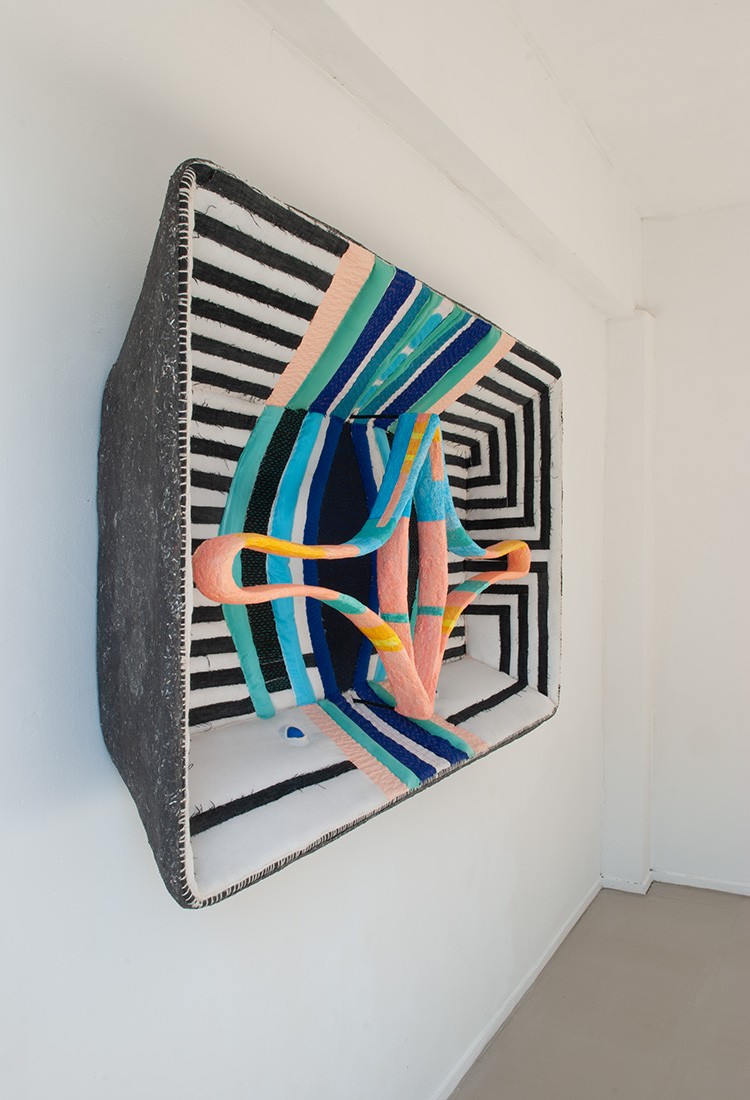
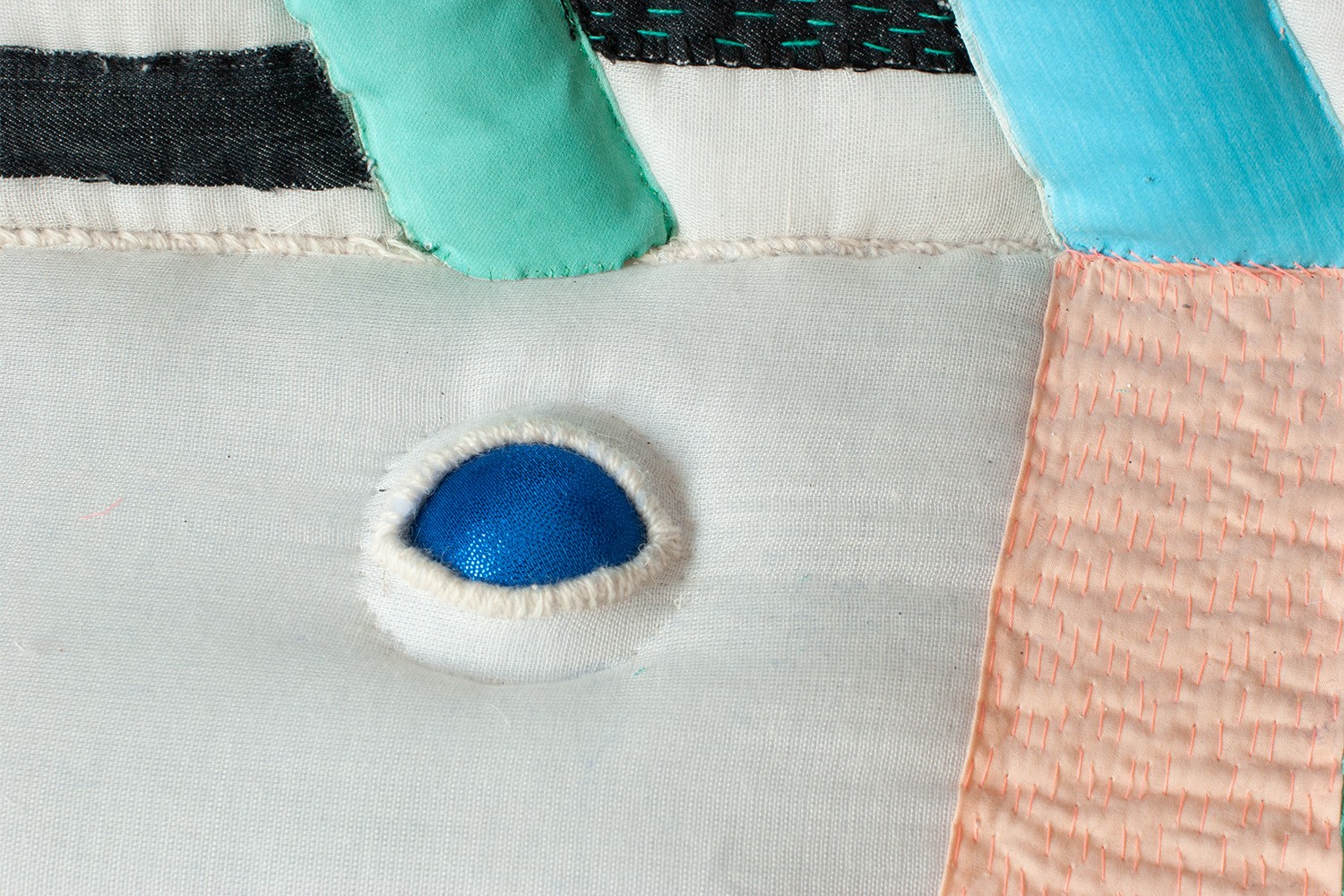
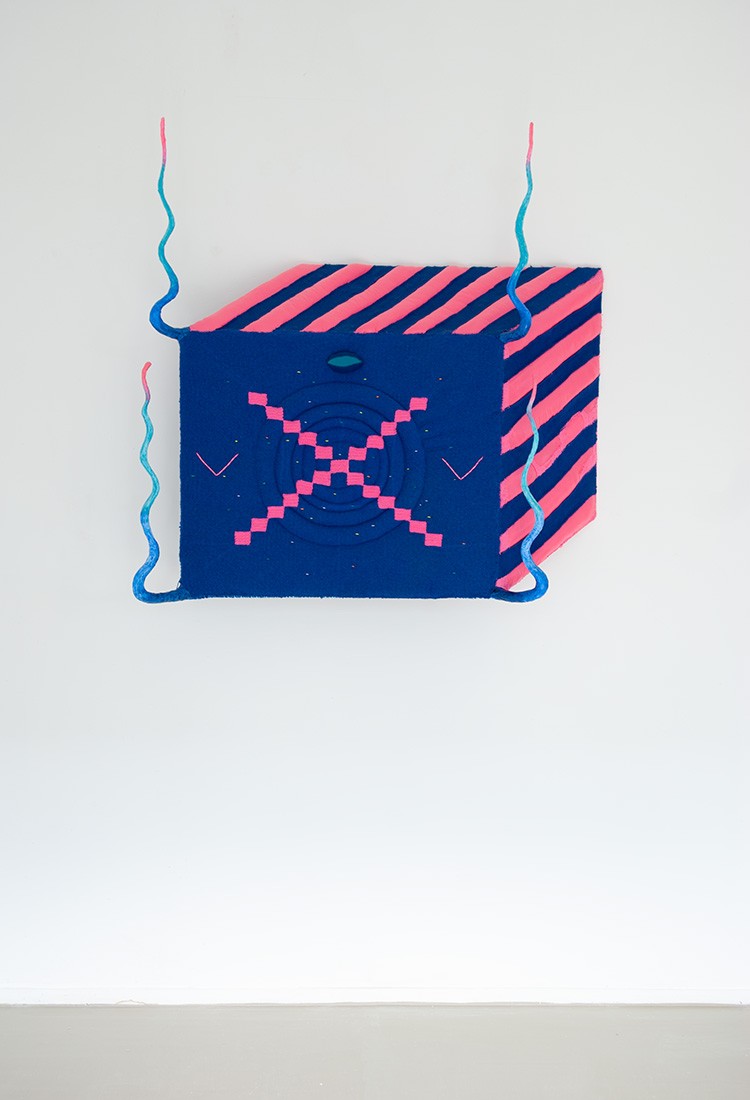
Aandachtscirkel (circle of attention) | 2023 | H 130 x W 135 x D 36 cm | embroidery, punchneedle, chrochet, darning and sewing with wool and textile, acrylic paint on paper maché and metal.
